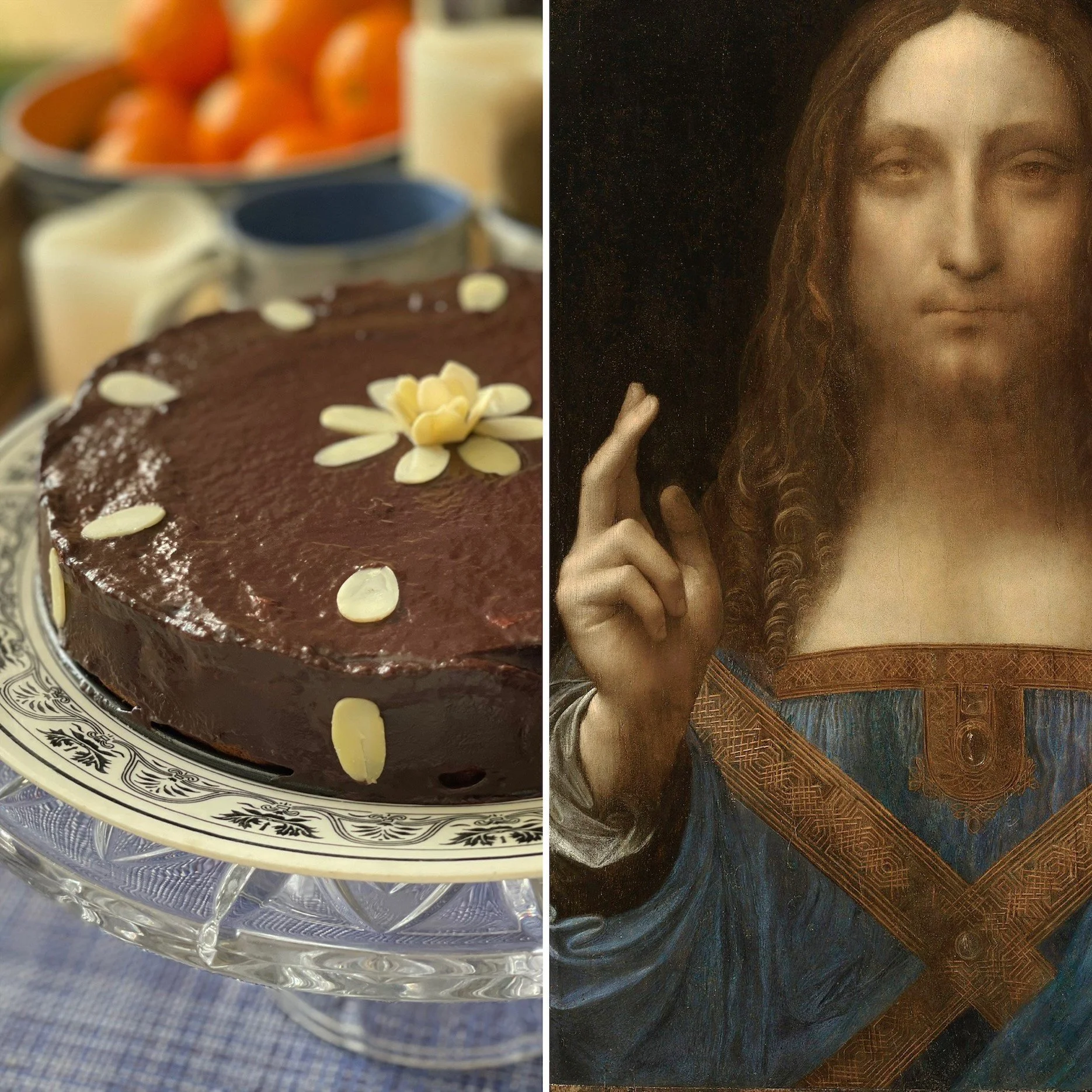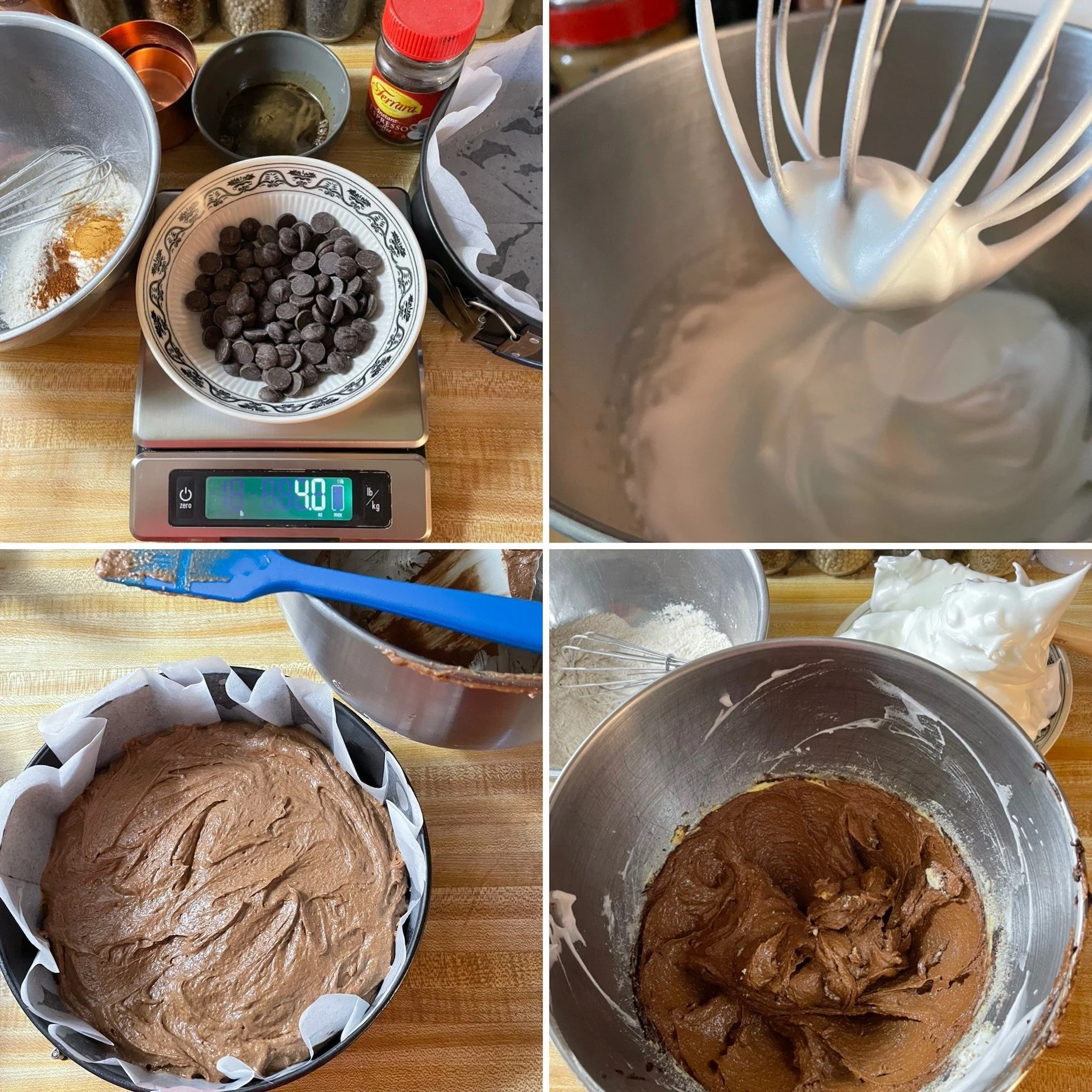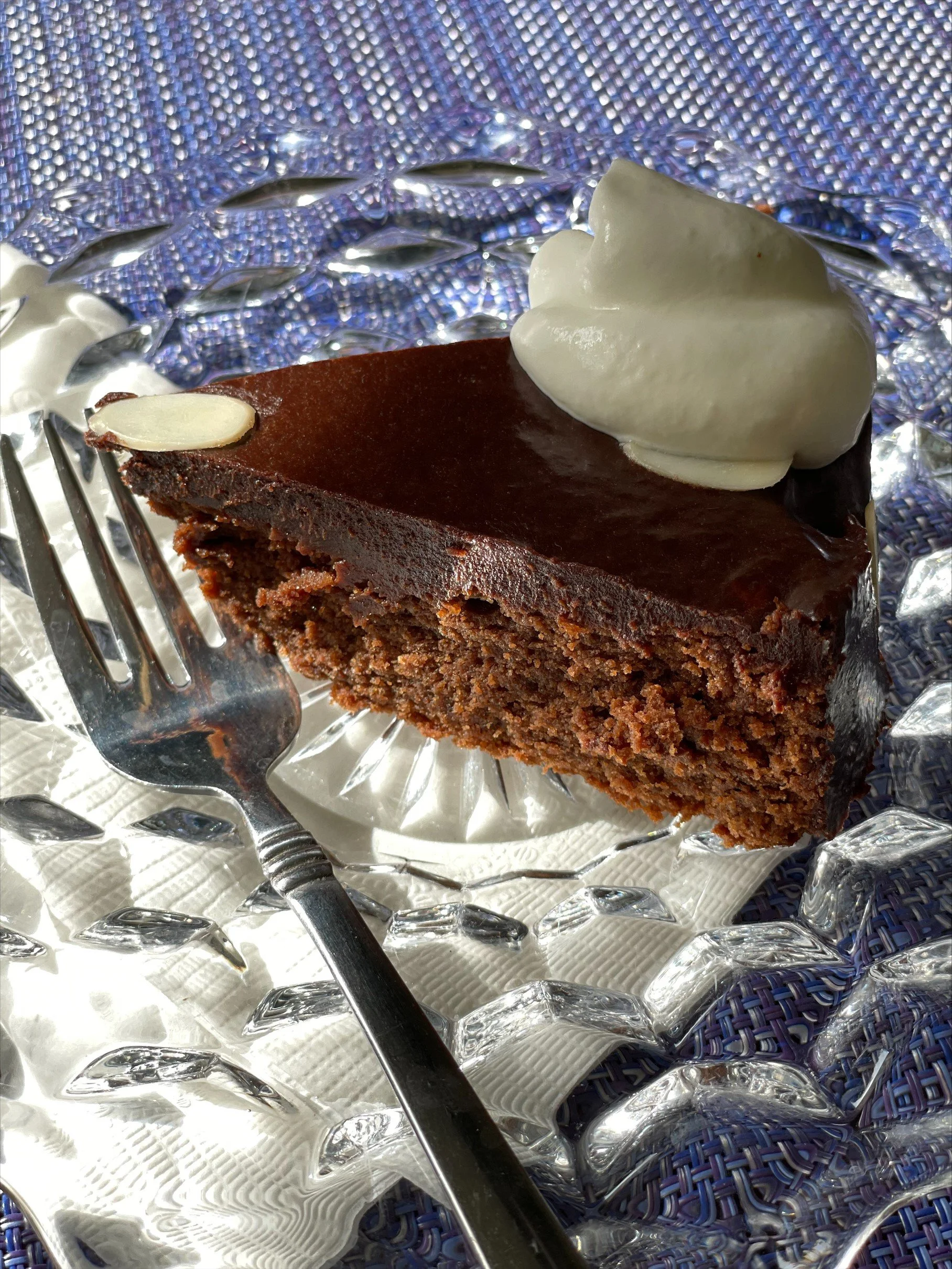Professor Butter Beard and the Mysterious “Salvator Mundi”
“Still two of you in the game here. Three hundred and twenty million. I’ll have to hurry you… 325 million? Oh, 322 million – do tell me!... At 325 million are we all done? … 328 million… 350 million was called on the phone… and looking another bid.. we will pause….” – Christie’s Auctioneer Jussi Pylkkanen selling the “Salvator Mundi,” November 15th, 2017.
“Sold for 400 million!” (Plus Christie’s commission of $50 million charged to the buyer) Ben Lewis, author of “The Last Leonardo,” writes that for two centuries, art dealers had searched in vain for the “Holy Grail of Art History.” They sought the portrait of Christ as the Salvator Mundi (Savior of the World) painted by the master himself – Leonardo da Vinci. Many similar paintings of greatly varying quality have survived executed by Leonardo’s assistants in the early sixteenth century. But where is Leonardo’s original work? In November of 2017, Christie’s auction house announced they had it. But did they?
Dr. Robert Simon’s brain cells started to twitch when he noticed a very intriguing painting in the catalogue of a New Orleans estate sale offered by the St. Charles Gallery auction house in April of 2005. It had been heavily overpainted, to the point where the painting resembled an amateur copy, and was, before restoration, described as “a wreck, dark and gloomy.” Dr. Simon, a dealer and art historian of Italian Renaissance painting, and his associate, Alexander Parish, won the auction bid paying $1,175 for the painting. The painting was shipped to New York, initiating an unparalleled and unimaginable Cinderella journey.
Dianne Dwyer Modestini, the conservator who was commissioned to “restore” the piece in 2007, recalled the moment when she first let herself believe she was looking at the actual brush strokes created by the hand and mind of Leonardo da Vinci. “My hands were shaking,” Modestini said in a statement released through Christie's. “I went home and didn’t know if I was crazy.”
During her extensive cleaning of the work, she had discovered a “second thumb” on the hand raised in blessing. In her website, Modestini writes: “The most obvious pentimento (a change of mind) is of the thumb of the blessing hand, which had been exposed during the radical scraping away of the original black background in the past and was immediately visible when the painting was first cleaned. It is only a small adjustment, but it was evidently of great importance for the painter to make a major change at such a late state in the development of the final composition.” This decision was a meaningful revision and historically not an adjustment a copyist would make. Based on this artistic choice and other noticeable da Vinci traits, such as the Salvator’s lips being painted in the exact same smokey manner as the “Mona Lisa’s,” Modestini reached the conclusion that the work before her could not have been painted by anyone other than Leonardo.
During the winter holidays of 2007, it was suggested that Dr. Simon bring the cleaned and heavily touched-up work to the National Gallery in London who would invite five leading Leonardo scholars to view the painting in the conservation studio. The five, including Martin Kemp (Emeritus Professor of the History of Art, Oxford University), fully examined the painting and provided their scholarly, and very conflicting, evaluations. Regardless, The National Gallery moved forward with presenting the work in their upcoming exhibition, “Leonardo at the Court of Milan,” which opened in November of 2011.
It was then that the roller coaster journey picked up jaw-dropping speed, heightening the excitement and danger to a level never imagined. The painting caught the eye of a Russian oligarch, who was determined to have it as his own. Sotheby’s managed the sale through a Swiss intermediary, Yves Bouvier, who pocketed close to a $47 million profit in the deal, striking a nasty note with the dangerous and vengeful oligarch. The painting was again put up for sale, this time to be managed by Christie’s in New York. A publicity campaign, named “The Last Leonardo,” was launched featuring a video that captured the reactions of visitors (including Leonardo DiCaprio) as they viewed the “Salvator Mundi.” The evening of the auction, after 19 dramatic minutes, it fetched $450 million, including fees, making it the most expensive work of art ever sold at auction. The buyer was originally anonymous, but later revealed to be the Crown Prince Mohammed bin Salman.
There is so much more to this story, including the Louvre’s requested loan of the painting for their blockbuster Leonardo exhibition which was scheduled to open in October of 2019, the scholarly research that was to be published within the exhibition catalogue, and a “secret booklet” containing the Louvre’s scientific examination that was pulled from publication when the loan was rejected and was just recently leaked to several media outlets (according the “The Art Newspaper”).
The “Salvator Mundi” has not been exhibited publicly since the Christie’s sale and the stories of its current whereabouts read like medieval fairy tales. Ben Lewis writes, “It is a twisting tale of geniuses and oligarchs, double-crossings and disappearance, in which we’re never quite certain what to believe.”
“Above all,” he concludes, “it is an adventure story about the search for lost treasure, and a quest for the truth.” I agree. Will we ever know if it is the true hand of the Master, or a member of his workshop, or a devoted follower? My mind wondered this week imagining other masterly works – including those created with chocolate, butter and sugar. I consider Julia Child’s “Reine De Saba” to be an exquisite chocolate and almond cake masterpiece created by the hand of a true artist. Yes, over time I have re-touched and overpainted it a bit with my own flare. Perhaps my version will one day be included in the library of culinary arts as completed by a “Follower of the Master Julia Child.”
Reine De Saba (Queen of Sheba)
Chocolate and Almond Cake
My version – inspired by the “Hand of the Master”
Cake:
½ cup all-purpose flour
½ tsp cinnamon
¼ tsp chili powder
4 ounces dark chocolate, chopped, melted and cooled
1 Tbsp instant espresso dissolved in 1 Tbsp hot water
3 eggs, separated
¼ tsp cream of tartar
¼ tsp fine sea salt
4 ounces (1 stick) unsalted butter, room temperature
2/3 cup granulated sugar (plus 2 Tbsp for the egg whites)
1/3 cup almond flour (I use Bob’s Red Mill)
Sliced almonds for decoration
Glaçage au Chocolat (Chocolate-butter icing)
3 ounces dark chocolate, chopped
1 Tbsp instant espresso dissolved in 1 Tbsp hot water
4 ounces (1 stick) unsalted butter, room temperature
1) Sift together the all-purpose flour, cinnamon and chili powder. Set aside.
2) Using a double boiler (or a bowl sitting over a pan of barely simmering water), melt the dark chocolate and the hydrated espresso powder until smooth. Set aside to cool slightly.
3) Butter an 8” round cake pan and line the bottom with parchment paper. Butter the paper and dust the pan lightly with flour. Preheat your oven to 350 degrees.
4) In a standing mixer using the whisk, beat the egg whites until frothy. Add the cream of tartar and salt. Beat until doubled in size. Slowly add in the 2 Tbsp of sugar and continue beating until tripled in size and glossy. Using a spatula, remove the whipped whites to another bowl and set aside.
5) Again in the standing mixer, cream the butter and the 2/3 cup granulated sugar. Add the yolks, stir to combine, and then add the melted chocolate. Finally mix in the almond flour.
6) Remove the bowl from the mixer and fold in: 1/3 of the egg whites. ½ of the flour mixture, 1/3 of the whites, the remaining flour and then the remaining whites.
7) Turn the batter into the prepared pan and smooth the top with a spatula. Bake for 25 minutes until the sides are set and the middle still appears a bit soft. Remove from the oven and let cool completely before frosting.
8) For the icing: Using a double boiler (or a bowl sitting over a pan of barely simmering water), melt the dark chocolate and the hydrated espresso powder until smooth. Remove from the heat and whisk in the butter, one Tbsp at a time, until smooth, glossy and spreadable. Cover the cake with the icing and decorate with almond slices. This is your chance to be creative!
9) Serve with lightly sweetened whipped cream or the best vanilla ice cream you can find.





